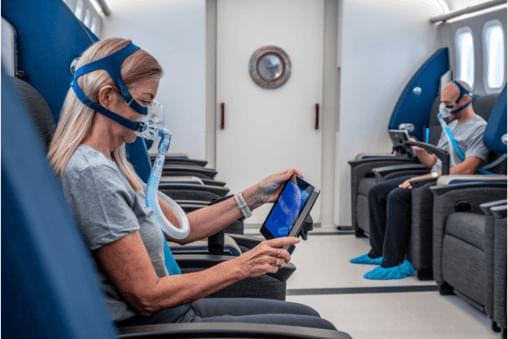Artificial intelligence is unlike previous technology innovations in one crucial way: it’s not simply another platform to be deployed, but a fundamental shift in the way data is used. As such, it requires a substantial rethinking as to the way the enterprise collects, processes, and ultimately deploys data to achieve business and operational objectives.
So while it may be tempting to push AI into legacy environments as quickly as possible, a wiser course of action would be to adopt a more careful, thoughtful approach. One thing to keep in mind is that AI is only as good as the data it can access, so shoring up both infrastructure and data management and preparation processes will play a substantial role in the success or failure of future AI-driven initiatives.
According to Open Data Science, the need to foster vast amounts of high-quality data is paramount for AI to deliver successful outcomes. In order to deliver valuable insights and enable intelligent algorithms to continuously learn, AI must connect with the right data from the start. Not only should organizations develop sources of high-quality data before investing in AI, but they should also reorient their entire cultures so that everyone from data scientists to line-of-business knowledge workers understand the data needs of AI and how results can be influenced by the type and quality of data being fed into the system.







